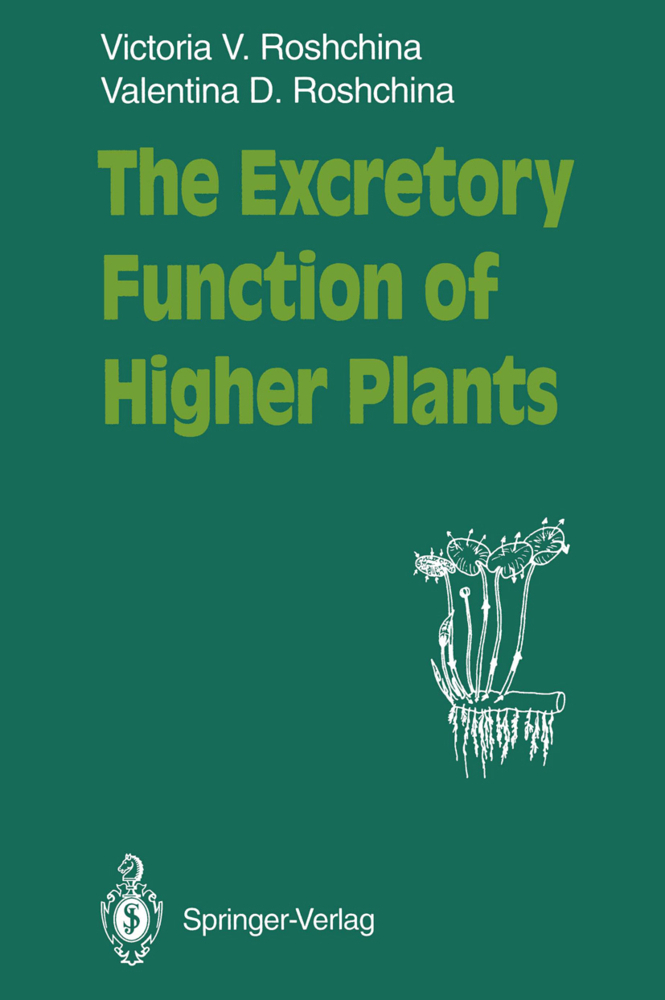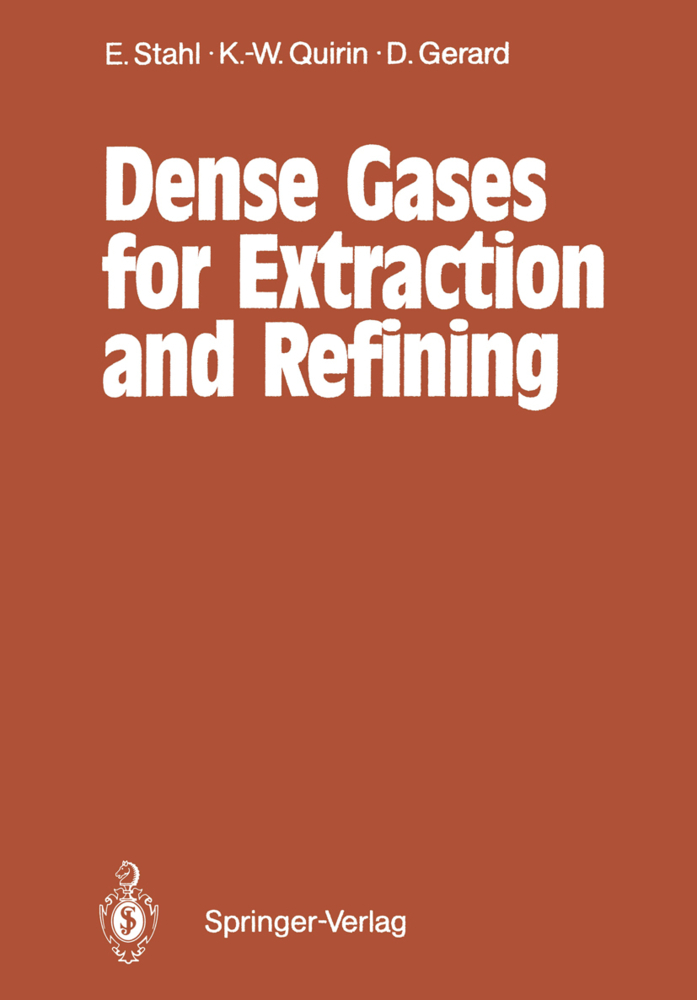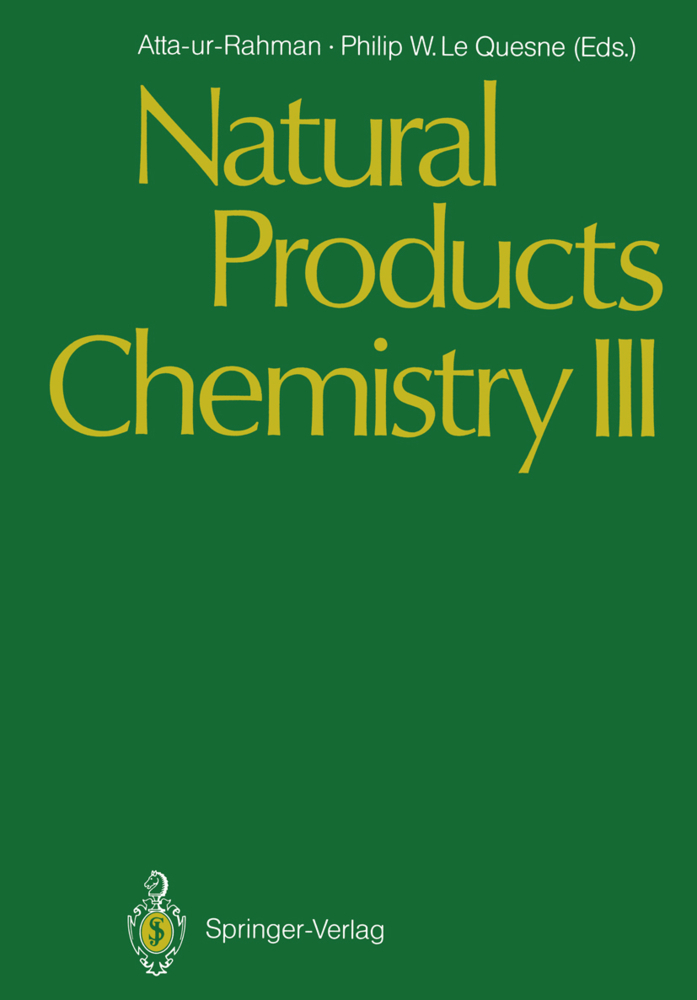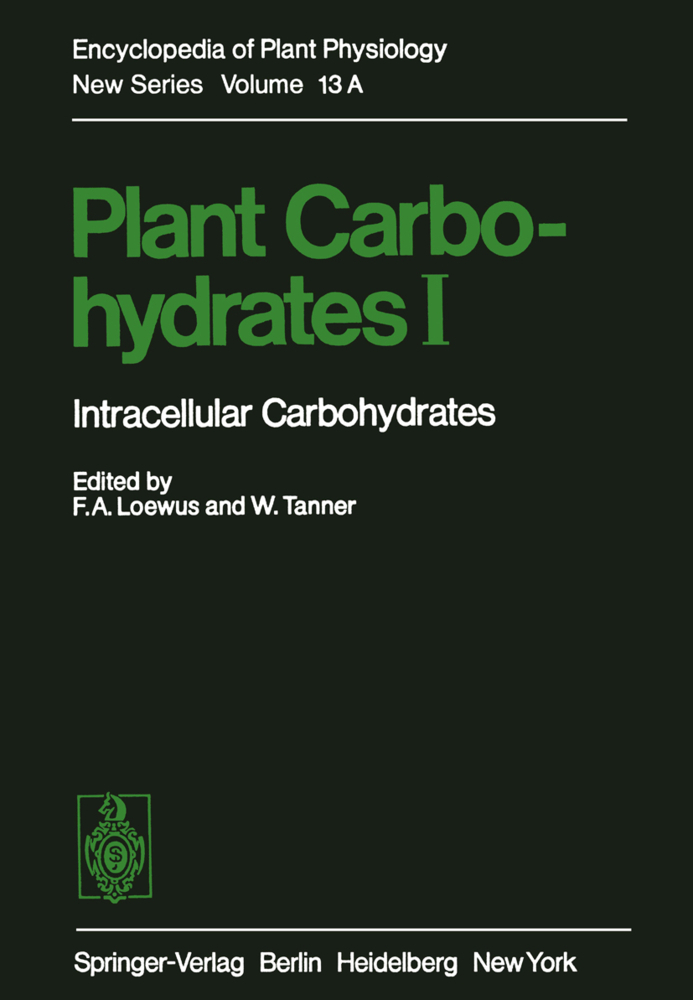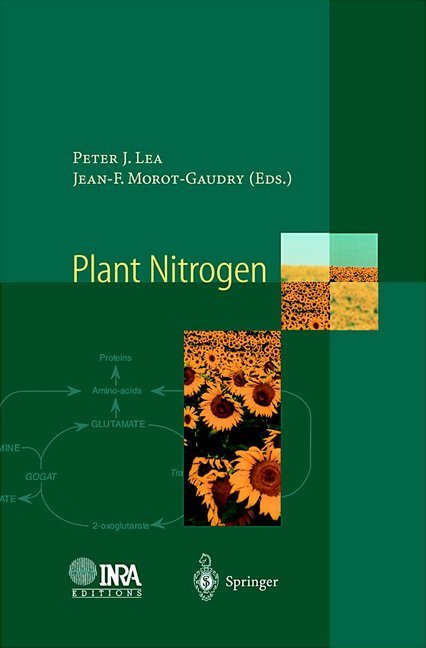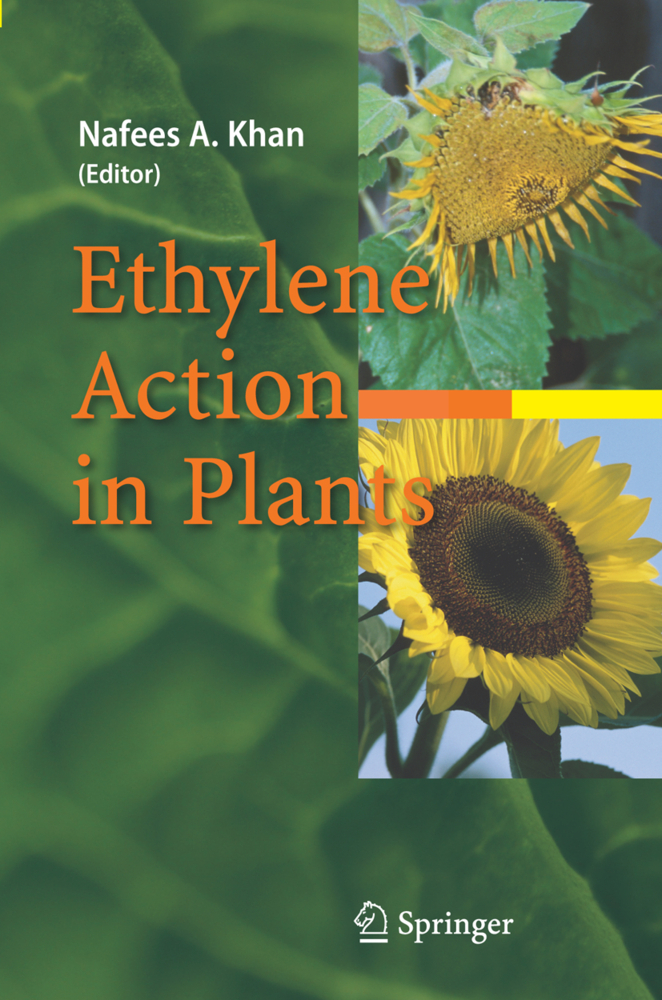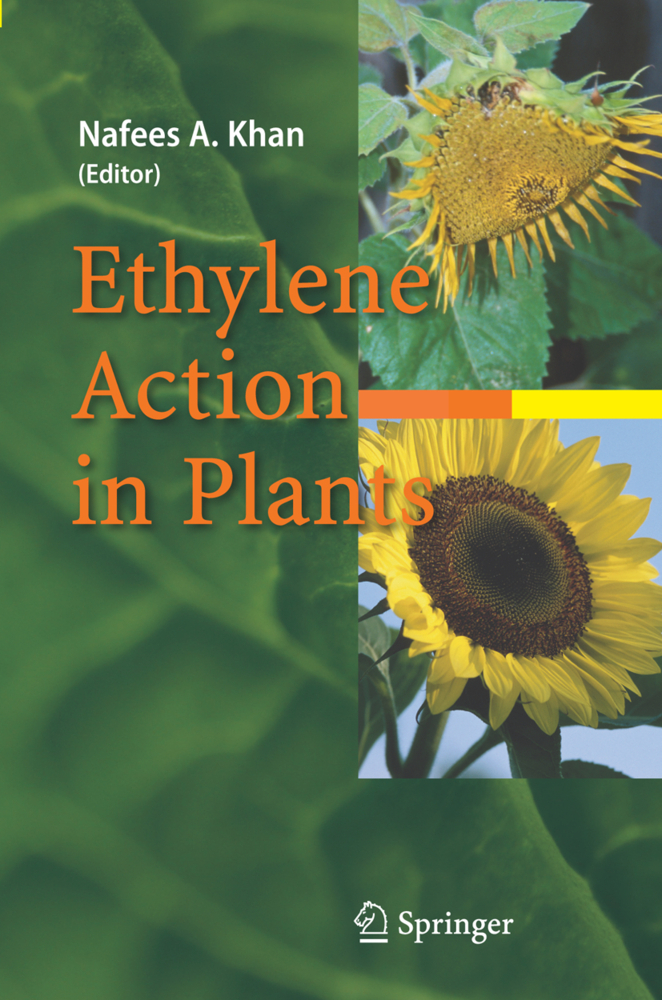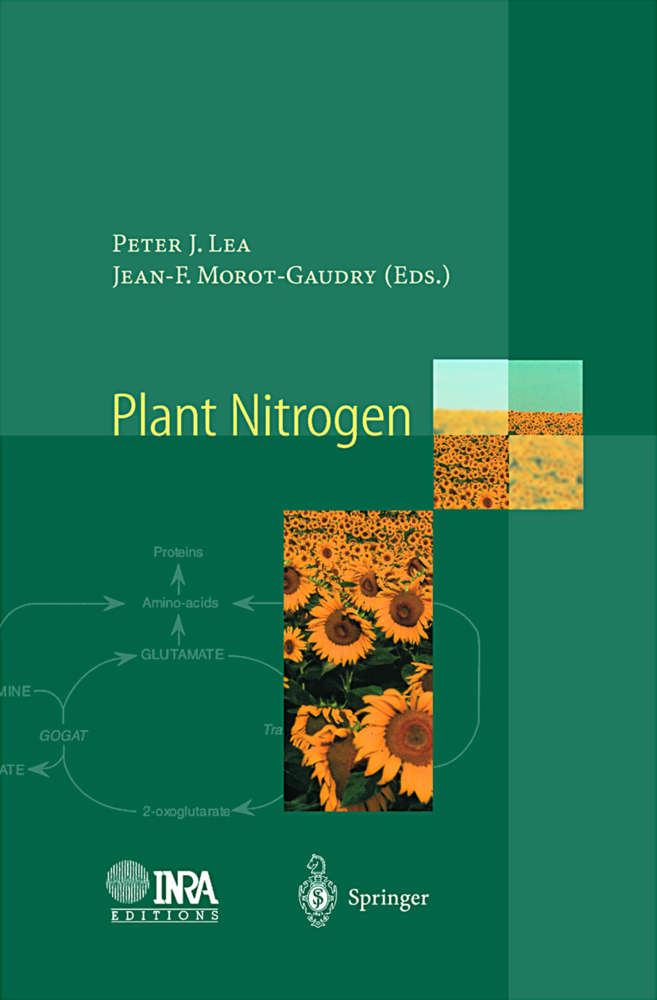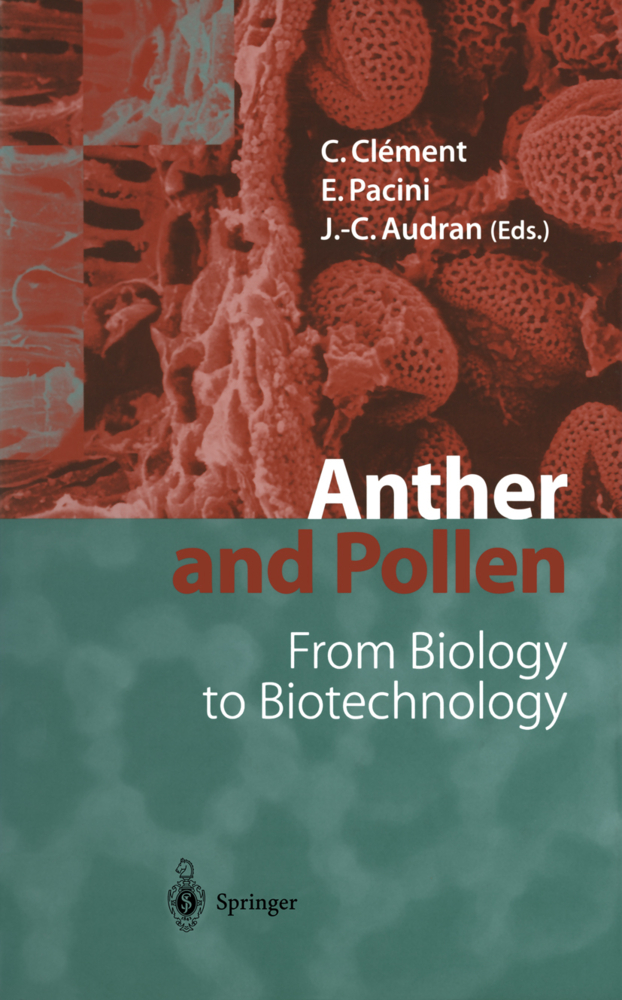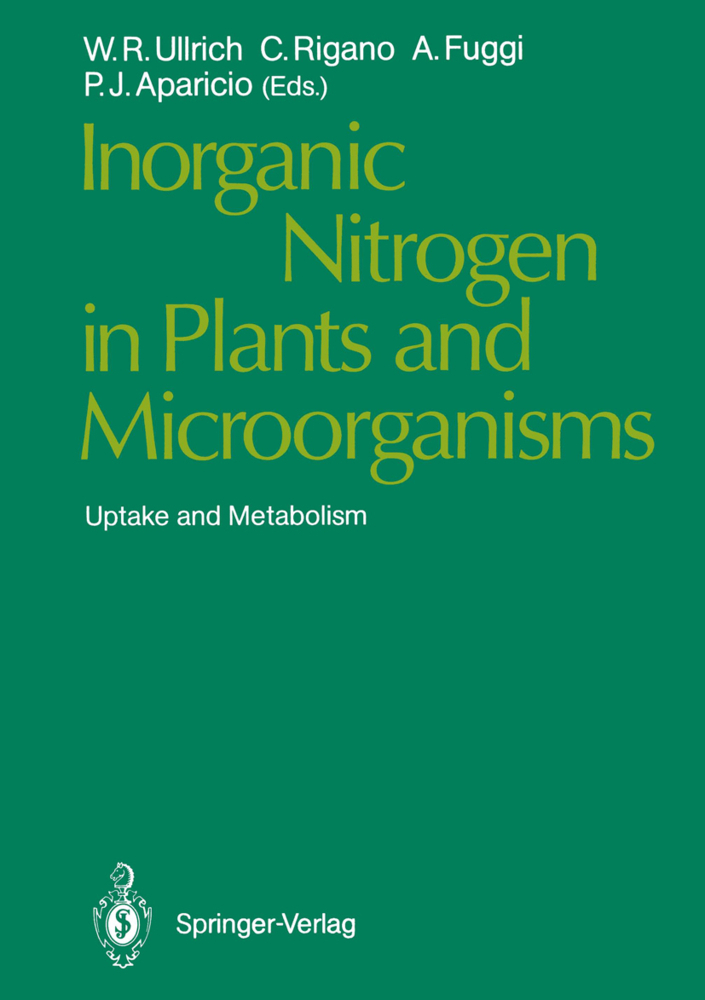The Excretory Function of Higher Plants
The Excretory Function of Higher Plants
Until the 1930s biological science had not paid sufficient attention to the excretory function of plants. The interest in the ability of plants to release various compounds arose in connection with two discoveries. In 1930, the embryologist Boris Tokin reported that in plant excreta there are substances which he called "phytoncides", because they possessed an antimicrobial activity. Later, Hans Molisch (1937), based on numerous observations, concluded that chemicals released by plants can participate in a competition between plants in phytocenosis. At the same time the first monograph Die Stoffausscheidung der hoheren Pflanzen by Frey-Wyssling (1935) appeared, in which the excretory function of plants was considered, mainly from the anatomo-physiological viewpoint. Almost half a century after these fundamental works, the excretion by plants was studied in various fields of biology: plant anatomy and cytology, biocenol ogy, plant immunology, and pharmacology. Anatomical and cytological data dealing with plant secretory structures are reviewed in detail in some monographs (Schnepf 1969; Vasilyev 1977; Fahn 1979; Buvat 1989; Denisova 1989). Many publications are devoted to the role of plant excreta in phytocenosis, mainly in connection with allelopathic inter actions. They are summarized in the books of Chernobrivenko (1956), Grodzin skii (1965, 1991), Ivanov (1973), Rice (1974, 1984), Kolesnichenko (1976).
1.2 Compartmentation of Metabolites and Mechanisms of Their Secretion
1.3 Secretion into the Free Space of the Cell
1.4 Secretion into the Vacuole
1.5 Idioblasts
2 Intratissular Secretion
2.1 Air-Bearing System of Plants
2.2 Internal Gases
2.3 Intratissular Secretory Structures
3 External Secretion
3.1 Guttation
3.2 Salt Glands and Secretion of Inorganic Salts
3.3 Secretion of Nectar
3.4 Secretion of Polysaccharides
3.5 Secretion of Proteins
3.6 Secretion of Essential Oils
3.7 Secretion of Resins
3.8 Secretion of Phenols
3.9 Secretion of Alkaloids
3.10 Secretion of Acetylcholine and Amines by Stinging Trichomes
4 Gas Excretion
4.1 The Pathways of Gas Release
4.2 Volatile Excretions as Complexes of Substances
4.3 Components of Gaseous Excreta
4.4 The Significance of Gas Excretion
5 Leaching
5.1 The Cell Wall as a Phase of Leaching
5.2 Leaching of Salts
5.3 Leaching of Organic Compounds
5.4 Dependence of Leaching on External Factors, Phase of Development, and Anatomy of Plants
5.5 Physiological Meaning of Leaching
6 The Elimination of Substances in Response to Extreme Factors
6.1 Injuries to Membranes Under Stresses
6.2 Metabolites Released Under Stress
7 Biological Effects of Plant Excreta
7.1 Growth Processes and Cell Destruction
7.2 Cellular Membranes as Targets for Action of Plant Excreta
7.3 Energetic Reactions
7.4 Metabolic Processes
7.5 Problems and Perspectives in the Use of Plant Excreta
Conclusion
References
Index of Latin Names.
1 Cellular Aspects of Secretory Activity in Plants
1.1 Significance of Secretory Processes for the Cell1.2 Compartmentation of Metabolites and Mechanisms of Their Secretion
1.3 Secretion into the Free Space of the Cell
1.4 Secretion into the Vacuole
1.5 Idioblasts
2 Intratissular Secretion
2.1 Air-Bearing System of Plants
2.2 Internal Gases
2.3 Intratissular Secretory Structures
3 External Secretion
3.1 Guttation
3.2 Salt Glands and Secretion of Inorganic Salts
3.3 Secretion of Nectar
3.4 Secretion of Polysaccharides
3.5 Secretion of Proteins
3.6 Secretion of Essential Oils
3.7 Secretion of Resins
3.8 Secretion of Phenols
3.9 Secretion of Alkaloids
3.10 Secretion of Acetylcholine and Amines by Stinging Trichomes
4 Gas Excretion
4.1 The Pathways of Gas Release
4.2 Volatile Excretions as Complexes of Substances
4.3 Components of Gaseous Excreta
4.4 The Significance of Gas Excretion
5 Leaching
5.1 The Cell Wall as a Phase of Leaching
5.2 Leaching of Salts
5.3 Leaching of Organic Compounds
5.4 Dependence of Leaching on External Factors, Phase of Development, and Anatomy of Plants
5.5 Physiological Meaning of Leaching
6 The Elimination of Substances in Response to Extreme Factors
6.1 Injuries to Membranes Under Stresses
6.2 Metabolites Released Under Stress
7 Biological Effects of Plant Excreta
7.1 Growth Processes and Cell Destruction
7.2 Cellular Membranes as Targets for Action of Plant Excreta
7.3 Energetic Reactions
7.4 Metabolic Processes
7.5 Problems and Perspectives in the Use of Plant Excreta
Conclusion
References
Index of Latin Names.
Roshchina, Victoria V.
Roshchina, Valentina D.
| ISBN | 978-3-642-78132-2 |
|---|---|
| Artikelnummer | 9783642781322 |
| Medientyp | Buch |
| Copyrightjahr | 2011 |
| Verlag | Springer, Berlin |
| Umfang | VII, 314 Seiten |
| Abbildungen | VII, 314 p. |
| Sprache | Englisch |

